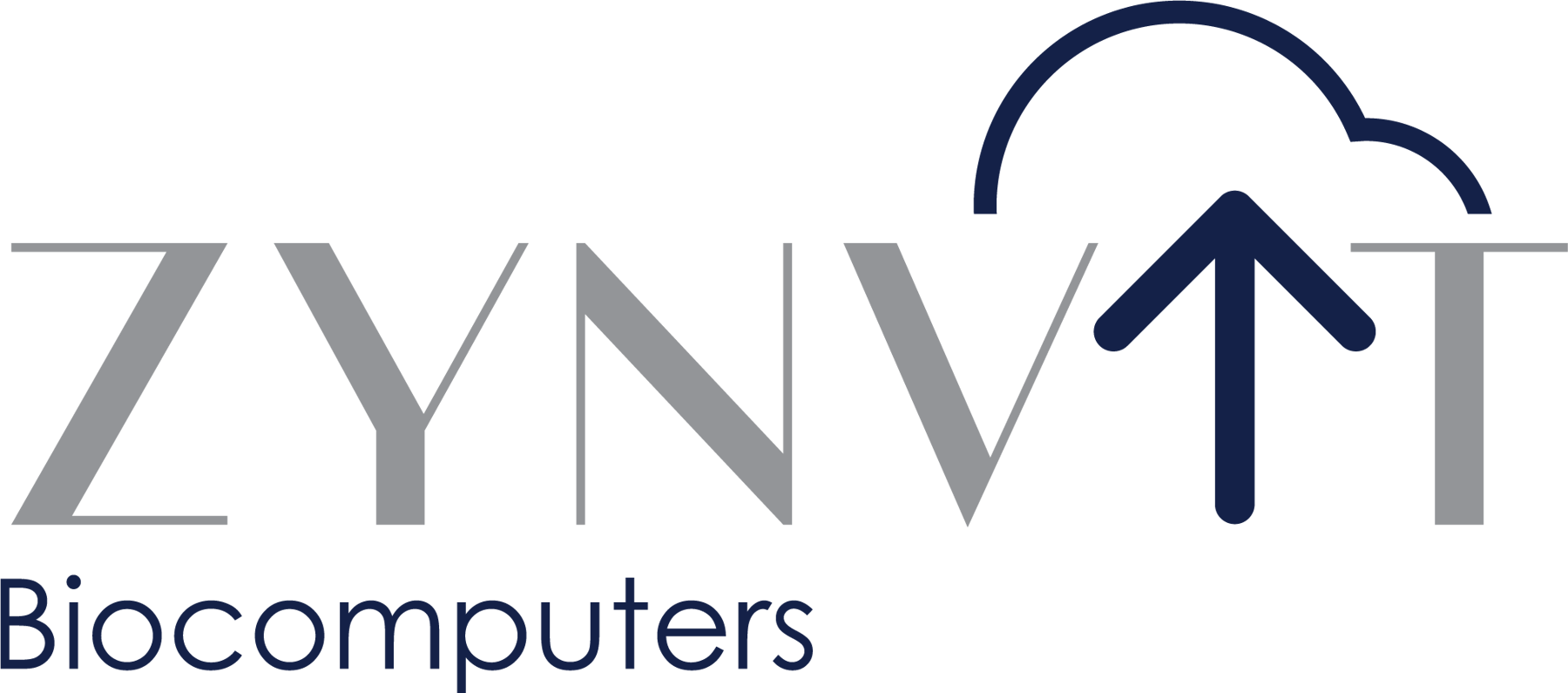Aimed at Generation Z
Impacting professional choice.
Alignment with the changing needs of the labor market for greater employability and productivity.
The company has the vocation to ensure the continuity of university training and will be dedicated to generating a process of universal, experiential, daily connection with technosciences, which allows it to impact professional choice, relating learning to technological disruptions.


Neuroeducation Model:
- Incorporation of educational neuroscience to optimize learning.
Given the recent discoveries in neuroscience, which have provided knowledge about the functioning of the brain and the biological processes involved in learning, we can incorporate them into the equation and implement a neuroeducation model that optimizes learning, attention, memory, and, most importantly, Importantly, the stimulation of curiosity, which is the basis of the learning process.
The formation of more synaptic anchors suggests that greater diversity and quantity of these impacts the processing and storage of information, contributing to more remarkable plasticity and cognitive adaptability.
All learning acquires meaning when it is related to existing cognitive structures; these represent the brain synaptianchors that serve as an anchor or reference on which new knowledge is built, providing stability and context for the understanding and assimilation
of current information. In brain terms, this anchor refers to connecting new knowledge or experiences with existing cognitive structures in the brain, using these connection points to strengthen understanding and memory of what is being learned.
From this, it follows that constructing more synaptianchors in the learner’s mind facilitates effective interaction with knowledge, nurturing and strengthening existing knowledge.
This leads to conscious and active learning, stimulated by curiosity and interest. Within this framework, it is understood that the student’s brain synaptianchors shape their context of experiences and interpretations before the learning process within a social environment, historically configured, with a cultural load of meanings.
From the above, it is inferred that the deep learning framework can be updated and strengthened, focusing on the process of meaningful assimilation of learning and the need to consider the student’s social environment, which bases and shapes their previous experiences and synaptic anchoring. The increase in synaptic connections and their diversity may be associated with more extraordinary cognitive ability and mental flexibility since they offer a broader neural substrate for information processing and knowledge storage.


Retroengineering
In the science and education industry, it is known as reverse engineering, which starts
from creation to achieve the construction route in reverse.
It is proposed that the teaching of technosciences be conducted from creations and through technological tools. An example would be disassembling any artifact to know how each piece that makes it up was built and how all the sciences achieve the purpose for which it was created. In the science and education industry, this is known as reverse engineering or retroengineering, which starts from the creation to achieving the construction route in reverse, leading to the design and plans of the artifact.
Retroengineering stimulates curiosity, focuses attention, processes understanding, and develops relational memory or pattern recognition that is strengthened with productive learning or meaningful learning, which is a pedagogical approach that aims to train people with applicable knowledge that they have. Purpose and produce a result: this, together with comprehensive skills development, allows us to build “Platform Brains” capable of conceiving and creating the future.
Points of contact between disciplines that drive development in the Fourth and Fifth
Industrial Revolutions.
What will contribute the most to development will be the points of contact between the NIBC disciplines, referring to Nanotechnology, Infotechnology, Biotechnology and Cognotechnology, Artificial Intelligence, and Robotics. We are in the Fourth Industrial Revolution 4Ri, facing a scientific-technological convergence and rapidly approaching the Fifth Industrial Revolution 5Ri, a time when superintelligent machines will be created of a level far superior to that of humans, economic production, consumption, and health care will be transformed, society, and human life in general.


Productive Learning
Early linkage between sciences and disruptive technologies to adapt to scientific, technological, and social changes.
It is oriented towards the achievement of relating the teaching of science and disruptive technologies from educational neuroscience and aligned with STEM and NIBC content; it will allow laying the foundations to have professionals better adapted to scientific, technological, social, and economic changes. Learning with meaning provides:
Multidisciplinary Training: This allows for more outstanding capabilities and knowledge
where entrepreneurship, innovation, and science are aligned.
Analytical and Scientific Training: Participants manage to develop scientific thinking of
correct perception of reality and its transformation.
Integrative Construction of the Whole Society: STEM and NIBC understanding
universalizes the communication of all actors in the educational and work process.
Subscribe to our newsletter
Get updated content and the latest news we have for you!




